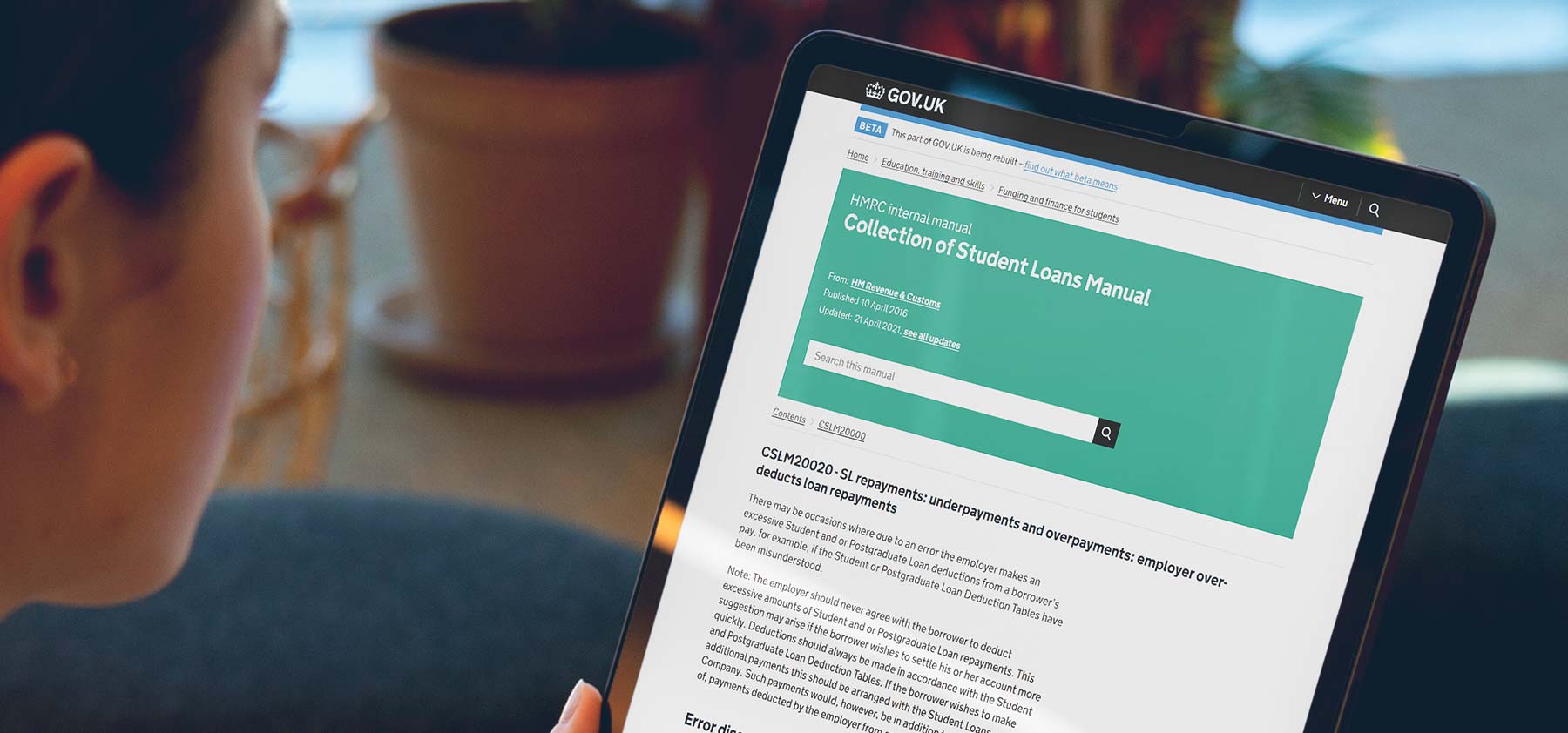
HMRC Close One Helpline – But Re-open Another

Closing
There have been many Covid-19 support schemes, administered by HMRC, for example:
– Eat Out to Help Out payments
– The Self-Employment Income Support Scheme (SEISS)
– Test and trace or self-isolation payments (in England, Scotland and Wales)
– Coronavirus Business Support Grants
– The Coronavirus Statutory Sick Pay Rebate scheme, not forgetting
– The Coronavirus Job Retention Scheme (CJRS)
Professionals rely on HMRC’s guidance and support, as these are also amongst the payments and grants that need to be reported on the company tax return (for Corporation Tax) or the Self-Assessment return (for Income Tax).
Via August’s Agent Update, HMRC advised that the Covid Helpline (0800 024 1222), set-up in March 2020, will close on 18 September 2023.It is, perhaps, understandable, that as Covid-19 support payments and grants have ceased, the support for these should also cease. However, do remember there are recordkeeping requirements for each so, whilst the schemes themselves have ceased, our obligations have not.
Also, it is the direct support to business or self-employed individuals that is ceasing. If you have an agent services or HMRC online account for agents, this support remains in place.
Re-opening
On 12 June 2023, HMRC closed its Self-Assessment helpline (0300 200 3310) for the summer. The reason for this, say HMRC, was that the summer period was quieter for Self-Assessment queries plus the availability of online guidance and digital resources remained available.
The good news is that this line re-opens on 04 September 2023.
Outstanding Post – HMRC Extends its Trial

Only last month we reported that HMRC had expanded its Agent Account Manager (AAM) team and remit. From 10 July 2023, providing an agent is registered, the expanded remit allows them to look at POSTAL queries outstanding for 12 months or more.This was set to last for a trial period only.
At a recent Representative Body Steering Group meeting with professional bodies, HMRC confirmed this trial will be extended indefinitely.Therefore, given this positive news from HMRC, it is worth repeating these important points before using the AAM service that is attempting to clear POST backlogs:
– The agent must be registered
– The AAM service cannot be used if a query is already under investigation at HMRC
– The AAMservice cannot be used for formal complaints and compliance checks unless the query is over 12 months old
– The query must be raised using the Agent Issue Resolution Service form and, importantly
– Within the form is a section ‘About your client‘ that contains a ‘reason’ field. This must be completed with the narrative ‘agents 12 month+ post trial’
Hopefully, post that has been outstanding for over 12 months will be cleared, allowing the AAM team to work through queries outstanding 11 months, then 10, then 9 etc.
Employer Bulletin August 2023 – an Error Corrected

On 16 August 2023, the bi-monthly Employer Bulletin was published by HMRC.Employers and agents recognise the importance of the information contained in this and frequently register to get notification of publication. This is admirable, as the Bulletin contained some useful information including:
– The tax relief mechanisms for pension schemes (Relief at Source and Net Pay Arrangement), frequently confused and this article stresses the importance of correctly identifying and applying which is relevant
– Advice on the Real Time Information (RTI) processes to be followed when a PAYE scheme ceases, including payments made to contractors.There are different processes to follow if the scheme includes payments to sub-contractors or only exists to pay sub-contractors. This involves contacting the Construction Industry Scheme helpline (0300 200 3210)
– Several topics regarding complying with National Minimum Wage legislation, including a live webinar explaining the definition of a worker who is ‘salaried hours‘ plus tips on how to avoid compliance errors
The entire Bulletin is worth reading; HOWEVER, the original version contained an error in a section entitled ‘Correcting payroll mistakes for an earlier tax year‘.Where the employer / payroll provider discovers they have deducted too much Student Loan in a previous tax year, the original advice was:
‘Repay the employee even if this was in a previous tax year. RTI submissions must be corrected either via an Earlier Year Update (EYU) or another Full Payment Submission (FPS)’
This is not correctinformation and should not be acted upon.
The correct advice is contained in the Collection of Student Loans Manual which says:
‘If the error is discovered after the End of Year forms have been submitted to HMRC, or after the borrower has left this employment, HMRC will make any repayment due direct to the borrower. The employer does not need to take any further action to rectify the error.’
In short:
– If there is an error in the current tax year and the final RTI submissions have not been sent to HMRC, make the correction
– If there is an error in a previous tax year or the final RTI submission has been sent for the current tax year, DO NOTHING
HMRC deleted the entire article about corrected errors in a previous tax year – which is good, as it was incorrect about National Insurance as well! HMRC have been alerted to the fact that their Bulletin was silently updated meaning there is no history of an original publication and a correction.
The August Employer Bulletin without the ‘Correcting payroll mistakes for an earlier tax year‘ is the correct one. We advise you to ignore the original version.
Welcome IZENR (aka National Insurance Relief in Investment Zones)

An initialism that will soon fall smoothly from our tongues is IZENR, HMRC’s description of Investment Zone Employer NICs Relief. This applies in payroll systems from April 2024 and introduces 4 new category letters.
The now infamous 23 September 2023 Growth Plan introduced us to Investment Zones in England, areas to provide ‘time-limited tax reliefs‘ and ‘planning liberalisation to support employment, investment, and home ownership‘. The UK Government, via Kwasi Kwarteng as Chancellor of the Exchequer,said itwould work with the devolved nations on similar Zones to ensure they are delivered UK-wide.
The Growth Plan was largely scrappedby incoming Chancellor Jeremy Hunt, though Investment Zones was not. Instead, his 17 November 2022 Autumn Statement (point 3.25) announced a ‘refocus‘ of the programme.From a payroll processing perspective, this refocus announced the new Investment Zone Upper Secondary Threshold (IZUST). Like other National Insurance ‘holidays’ (such as employees under 21, apprentices under 25 etc), the eligible employer will have a temporary exemption from National Insurance Contributions on the earnings of an eligible new employee.
HMRC’s Policy Paper published in March 2023 confirmed how the November 2022 refocus changed things, specifically the value of the IZUST:
– As per the Growth Plan, it was to be £50,270 per annum (the same as that applying for employers of employees under 21 on payday, veterans etc)
– As per the Policy Paper, it isnow £25,000 per annum (the same value as the Freeport Upper Secondary Threshold (FUST))
On 09 August 2023, HMRC advised software developers of four new National Insurance category letters needed to give this relief in payroll systems from tax year 2024/25 – N, E, K and D.So that it is easy to make a comparison between letters that already exist, we present the following table:
| Category | Standard | Freeport Equivalent | Investment Zone Equivalent |
| Standard | A | F | N |
| Reduced rate | B | I | E |
| Over State Pension age | C | S | K |
| Deferred | J | L | D |
Eagle-eyed readers will notice that HMRC have recycled some letters used previously:
– Ewas the reduced rate category letter if the employee was in a contracted-out workplace pension scheme
– K was the deferred rate category letter if the employee was in a contracted-out workplace pension scheme
– D was the standard rate category letter if the employee was in a contracted-out workplace pension scheme
However, the Investment Zone is more than National Insurance relief for employers. The promised tax incentives include:
– Stamp Duty Land Tax (SDLT) relief (mirrored in Scotland and Wales)
– Business rates reliefs
– 100% relief for plant and machinery investment (Corporation tax)
– Greater Structures and Buildings Allowances (Corporation Tax and Capital Gains Tax)
So, of greatest importance is where these Investment Zones exist. On 30 June 2023, a press release stated two ‘regions around Aberdeen and Glasgow‘ (specifically Glasgow City Region and North East of Scotland) had been designated in agreement between the UK and Scottish Governments.
At Budget 2023, a ‘ Methodology Note‘from the Department for Levelling Up, Housing and Communities said 8 areas in England had been asked to put forward investment development proposals:
– Greater Manchester Mayoral Combined Authority (MCA)
– North East MCA (Proposed)
– South Yorkshire MCA (announced on 14 July 2023 as the first named Zone)
– West Midlands MCA
– Liverpool City Region MCA (announced on 26 July 2023 as the second named Zone)
– West Yorkshire MCA
– Tees Valley MCA
– Proposed East Midlands Mayoral Combined County Authority (MCCA)
For tax reliefs, therefore, Investment Zones are still very much an emerging picture, so keep up-to-date with our newsletters where we will publish information when we know it.
September Questions and Answers

Q: I see that one of the Inheritance Tax (IHT) forms has been amended – the C4 for correcting information previously submitted. I’m getting a bit confused with the forms I have here and wonder if you could point to these C forms and give the most current reference?
A: Yes, the C4 was updated on 27 July 2023, used to correct information previously submitted on the IHT400 where too much or too little IHT was declared. The change on the updated form is in the repayment authority section and is now specific that any refund will be repaid to the individual, thereby rendering void any assignments or repayments.
The current ‘C’ forms are below:
– Form C4 Corrective Account form has the reference ‘HMRC 07/23‘
– Form C4 (C) continuation sheet is unchanged and the reference is ‘HMRC 02/20‘
– Form C4 (S) is the corrective inventory and account (Scotland) where a Grant of Confirmation is required and the reference is ‘HMRC 04/22‘
Q: When the Bank of England raised interest rates (which it might do again!), we assume HMRC followed suit with their interest rates on late payment of Stamp Duty. Can you please advise these rates and link us to the page where they are declared on HMRC’s website?
A: Yes, HMRC are always swift to update their late payment and repayment rates, the reason being is that they are linked to the Bank of England rate (known as the bank rate or base rate). This is currently 5.25%. Search for the guidance ‘ Rates and allowances: HMRC interest rates for late and early payments‘ which is updated when the rates change. The latest version says the following about the two interest rates:
– Late payment interest rate is 7.75% (actually, 5.25% base rate + 2.5%)
– Repayment interest rate is 4.25% (actually, 5.25% base rate less 1%)
You mention Stamp Duty and this is devolved to Scotland and Wales (called Land and Buildings Transaction Tax and Land Transaction Tax). Interestingly, the late payment and repayment interest rates are NOT linked to the Bank of England base rate. Look at the websites for the devolved tax collection agencies, namely Revenue Scotland and the Welsh Revenue Authority.
Q: When we have an employee on maternity leave (receiving SMP), we know when she receives a salary increase that we must go back and recalculate her average weekly earnings as if she had been on that increased salary when we calculated SMP in the first place. We have assumed this is the same when someone is on adoption leave (and receiving SAP). Can you confirm?
A: This is one of those things that ONLY affects Statutory Maternity Pay. You are correct in that a pay increase at any time in her maternity leave period means a recalculation of SMP (and paying any excess). So, for example, a salary increase in week 39 of the leave period means going all the way back to look at her average weekly earnings – in the 8-week relevant period. This is written to legislation and included in HMRC’s Statutory Payments Manual.
BUT, for any other child-related statutory payment (adoption, paternity etc), you only recalculate the payment if the pay increase was effective in that 8-week relevant period. This is also included in HMRC’s Statutory Payments Manual.
September Key tax dates

07th
VAT payment deadline for accounting periods ended 31 July 2023.
19th
– Deadline for sending the Employer Payment Summary (EPS) for tax month ending 05 September 2023
– Deadline for paying HMRC all PAYE, NICs, Student Loans and CIS deductions (less child-related statutory payments) if paying by a non-electronic method
22nd
– Deadline for paying HMRC all PAYE, NICs, Student Loans and CIS deductions (less child-related statutory payments) if paying electronically. HMRC must have cleared funds on or before this date
30th
Corporation Tax Self-Assessment (CTSA) deadline for returns to HMRC (for accounting periods ended 30 September 2022).
 Book a No-obligation Call or Meeting
Book a No-obligation Call or Meeting




 Book a Call or Meeting
Book a Call or Meeting

